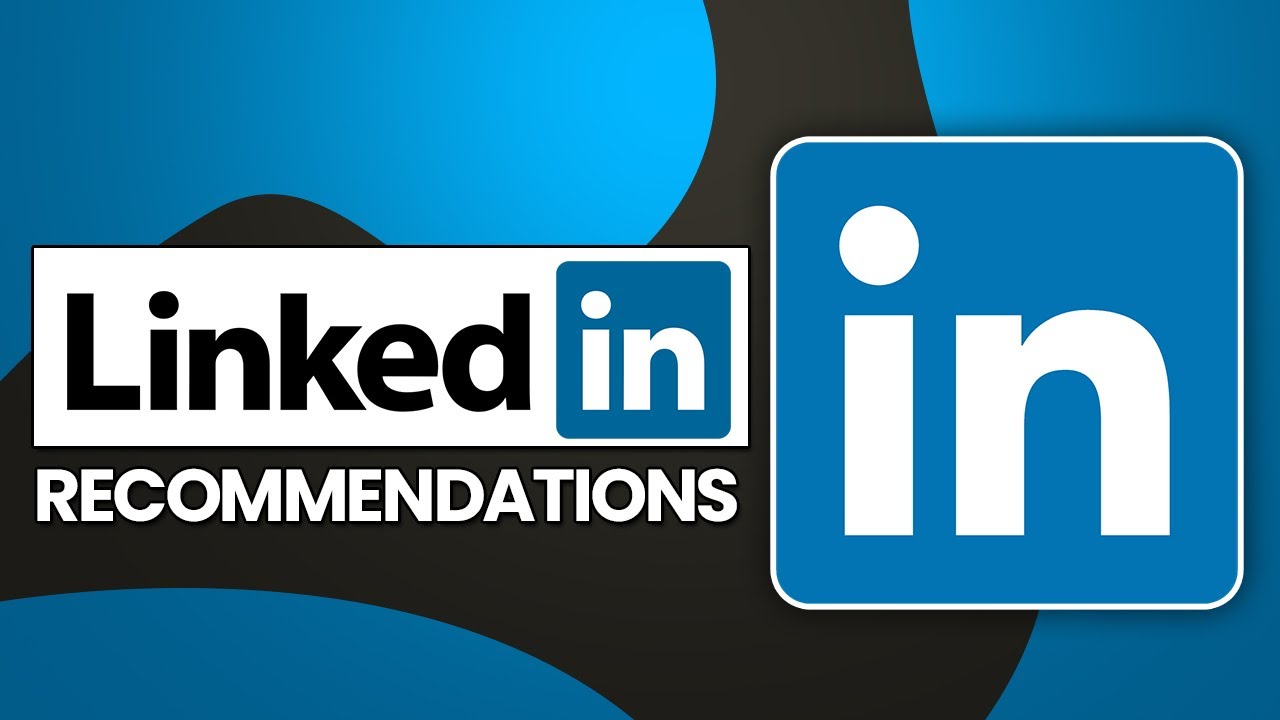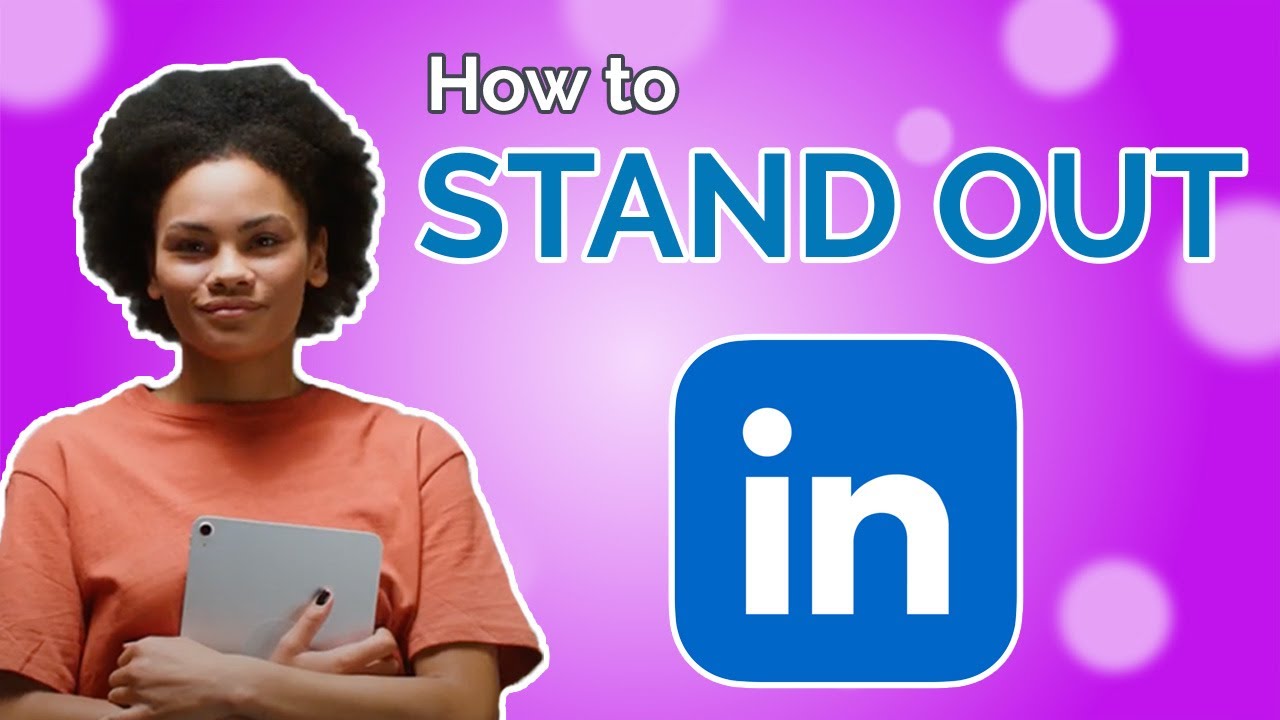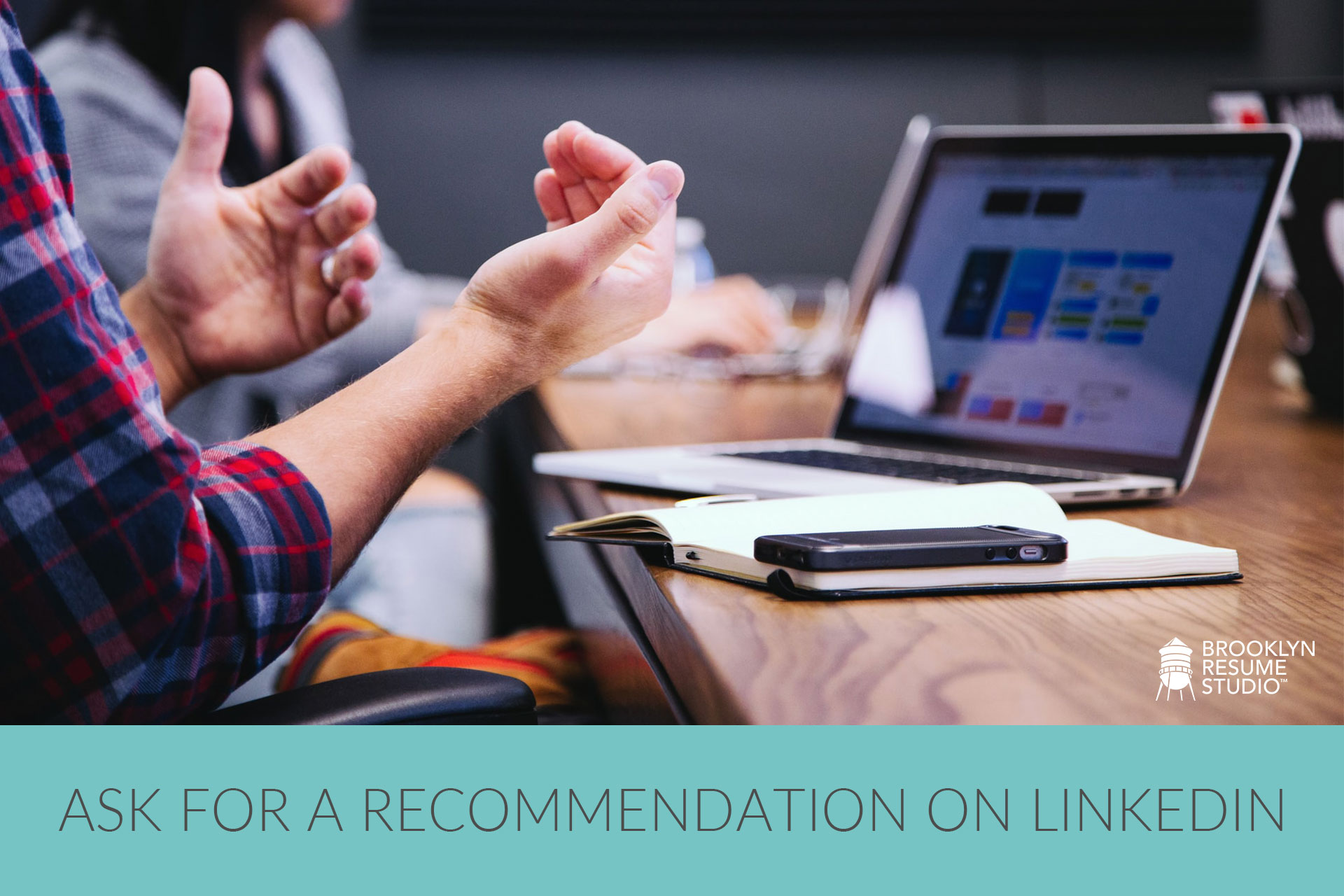When it comes to building your professional presence online, LinkedIn recommendations can play a significant role. These recommendations are like digital testimonials that add credibility to your skills, experience, and overall character. But why are they so important? Let’s break it down.
1. Social Proof: In today’s digital age, employers and connections often look for social proof before making a decision. A well-written recommendation can increase your trustworthiness and showcase your strengths from the perspective of others.
2. Highlight Your Skills: Recommendations often emphasize specific skills or experiences that you want to showcase. This is your chance to have someone else vouch for your expertise, making you stand out to potential employers.
3. Networking Benefits: Every recommendation is also an opportunity to strengthen your network. When you ask someone for a recommendation, you’re essentially reconnecting and reinforcing your professional relationship, which can lead to more opportunities in the future.
4. Differentiation: In a competitive job market, having recommendations can set you apart from other candidates. A candidate with multiple positive recommendations often appears more favorable to hiring managers.
5. Showcases Soft Skills: While hard skills are essential, soft skills like teamwork, communication, and leadership are equally crucial. Recommendations often allow others to highlight these traits, giving a fuller picture of what you bring to the table.
In essence, LinkedIn recommendations are like free marketing for your professional brand. They add layers to your profile, enriching your image and making it more appealing to those who might be considering working with you or hiring you. So, the next time you look at your LinkedIn profile, consider how powerful these endorsements can be!
When to Ask for a Recommendation

Timing can be everything when it comes to asking for LinkedIn recommendations. You want to ensure that the request feels natural and appropriate. Here are some prime moments to consider asking for a recommendation:
- After a Successful Project: Completing a significant project can be an ideal time to ask for feedback. Whether you led the team or played a crucial role, the thrill of success often encourages colleagues to share positive experiences.
- When You’re Transitioning: If you're moving to a new job or seeking new opportunities, it’s a good moment to gather recommendations. The fresh perspective of your current colleagues can provide valuable insights that potential employers will appreciate.
- During Performance Reviews: If your organization conducts regular performance evaluations, it can be a natural moment to ask for feedback. Your colleagues and supervisors are already reflecting on your contributions, making it an excellent time to gather recommendations.
- After Learning Something New: If you've recently developed a new skill or taken on new responsibilities, it’s a great moment to reach out. Colleagues who witnessed your growth can provide a relevant and timely recommendation that highlights your adaptability.
- When Reconnecting: If it’s been a while since you last connected with someone—perhaps an old colleague or mentor—this can be a good time to reach out. A casual check-in can lead to a conversation about your current endeavors, making the recommendation feel like a natural follow-up.
Remember, it’s essential to choose individuals who genuinely know your work and can write from a place of authenticity. Tailor your request accordingly and consider their perspective when asking. The more personal you can make your request, the more likely you are to receive a thoughtful recommendation that truly reflects your abilities.
Ultimately, timing your request thoughtfully can make all the difference in the strength and relevance of the recommendation you receive. So, take a moment to gauge the relationship and context before hitting that “ask” button!
Also Read This: How to Get Emails from LinkedIn Profiles Without Violating Policies
3. Choosing the Right People to Request Recommendations From

Asking for LinkedIn recommendations can feel daunting, especially when you want to make sure your requests hit the right notes. So, how do you choose the best people to ask for those glowing endorsements? Here are some tips:
- Professional Connections: Think about colleagues, supervisors, and clients who are familiar with your work. They should be able to speak concretely about your contributions and skills.
- Variety of Perspectives: Choose individuals from different roles or departments. This approach allows potential recommenders to highlight different aspects of your skills, making your profile more well-rounded.
- Recent Collaborators: Those you’ve worked with recently can provide fresh insights. If it’s been a while since you interacted, consider sending a brief update to jog their memory and reignite your connection.
- People You’ve Helped: Have you mentored or assisted someone? Those you’ve positively impacted can offer powerful testimonials about your character and professionalism.
- Industry Relevance: If you're aiming to shift your career or focus on a specific niche, it's wise to ask individuals who can vouch for your experience and skills in that field.
Remember, the quality of the recommendation matters more than quantity. You don’t need a long list—just a few genuine endorsements from the right people can boost your profile significantly. Take a moment to reflect on each candidate's relationship with you and how they might articulate your strengths. Their words should resonate with authenticity, as that's what really captures the attention of potential employers or connections visiting your LinkedIn page.
Also Read This: When Should You Update Your LinkedIn Profile with a New Job? Best Practices
4. Crafting Your Recommendation Request Message

Now that you’ve decided who to ask, it’s time to focus on how to pen that recommendation request message. The key here is to be both polite and specific. Here’s how to craft a compelling message:
- Personalize Your Message: Begin with a warm greeting, and mention how you know the person. A quick reminder can set the stage, making it easier for them to recall your collaborative efforts.
- Be Specific About What You Need: Instead of a generic request, specify the skills or achievements you’ve like highlighted. For instance, "If you could mention the project we worked on together and how I contributed to meeting the deadlines, I would appreciate that." This helps guide their writing.
- Express Gratitude: Recognize that writing a recommendation takes time and effort. A simple “Thank you” can go a long way! You could say something like, "I really appreciate your willingness to help—I know your time is valuable."
- Offer to Reciprocate: Indicate your willingness to help them in return. Whether it’s writing a recommendation for them or assisting in another manner, it shows you're invested in mutual support.
- Set a Gentle Deadline: If you’re asking for a recommendation with a specific timeline in mind—perhaps for a job application—politely mention when you’d like to receive it. Something like, "I’d be grateful if you could provide this by [date]” can help ensure timely responses.
Here’s a quick example of what your message might look like:
Hi [Recipient's Name],
I hope this message finds you well! I really enjoyed working alongside you on [specific project or task] at [Company Name]. You always brought great insights to the team.
I’m reaching out to see if you could write me a recommendation on LinkedIn. If you could touch on my skills related to [specific skills or achievements] that would be fantastic!
Thank you so much for considering this—I truly appreciate your help. If there's anything I can assist you with in return, please let me know!
Best,
[Your Name]
By carefully crafting your message and being specific about your needs, you’ll inspire your connections to provide thoughtful, impactful recommendations that can enhance your LinkedIn profile.
Also Read This: How to Update My LinkedIn Profile: A Complete Guide to Improving Your Professional Presence
5. Best Practices for Follow-Up Communications
Once you've made your request for a LinkedIn recommendation, it’s essential to handle the follow-up process thoughtfully. It’s perfectly normal for people to get busy and forget, so a gentle nudge can often help. Here are some best practices to keep in mind:
- Wait a Reasonable Time: Give your connection at least a week to respond before following up. This shows respect for their time and acknowledges that they may have other commitments.
- Be Polite and Professional: When reaching out, keep your tones friendly and polite. A simple “I hope you’re doing well!” can go a long way in making your message feel warm.
- Use a Personalized Message: Reference your previous conversation about the recommendation. For example: “Hi [Name], I hope you’re well! I just wanted to follow up regarding the recommendation we discussed last week. I truly value your insights and would appreciate your help.”
- Provide a Gentle Reminder: If they seem to have forgotten, it’s entirely okay to include a brief reminder of the context, like what you enjoyed working on together or how their insights can significantly impact your professional journey.
- Set a Reasonable Deadline: If you have a specific occasion in mind (like a job application or a profile update) mention it! A phrase like, “If possible, I would love to have it by [specific date], but I completely understand if that’s not feasible.” helps clarify your timeframe without sounding demanding.
- Keep It Short: Your follow-up should be concise. A few sentences are enough to convey your appreciation and the purpose of your message without overwhelming them.
By following these guidelines, you’ll not only increase your chances of receiving the recommendation but also strengthen your professional relationship, showing that you appreciate their time and effort.
Also Read This: Posting Animated GIFs on LinkedIn: Tips for Eye-Catching Content
6. How to Show Appreciation for Recommendations
Once you receive that coveted LinkedIn recommendation, it’s vital to express your gratitude appropriately. Showing appreciation helps foster goodwill and keeps your professional network strong. Here are some effective ways to convey your thanks:
- Send a Thank You Note: A quick message expressing your gratitude can make a significant impact. A simple note like, “Thank you so much for the wonderful recommendation! Your support means a lot to me,” can go a long way.
- Highlight Their Contribution: In your thank you message, be specific about what you appreciated in their recommendation. For instance, “I loved how you highlighted my ability to lead projects; it really encapsulates my experience!” This not only shows that you read their message but also affirms their perspective.
- Endorse Them in Return: If you can, take a moment to endorse their skills or write a recommendation for them. This reciprocal gesture demonstrates your appreciation and strengthens the bond.
- Share It on Social Media: If your connection is comfortable with it, consider sharing their recommendation on social media, perhaps with a comment like, “I’m grateful to have worked with such talented professionals!” This not only acknowledges their support but also showcases your achievements.
- Personal Touch: If it’s appropriate, consider sending a small gift or handwritten thank-you card. While it’s not always necessary, gestures like this can leave a lasting impression and show that you genuinely value their support.
In the world of professional networking, gratitude goes a long way—not only does it strengthen existing connections, but it also cultivates a positive atmosphere where everyone feels supported and appreciated. Never underestimate the power of a heartfelt thank you!
Also Read This: How to Safely Scrape Data from LinkedIn for Research
7. Encouraging Others to Write Recommendations for You
When it comes to LinkedIn recommendations, a little encouragement can go a long way! Here are some effective strategies to gently nudge your connections towards writing that glowing testimonial:
- Be Clear About What You Need: When reaching out, be specific about what you're hoping they can highlight. Whether it's your leadership skills, project management expertise, or something unique about your work together, clarity helps!
- Offer to Reciprocate: People are more likely to help if they know you're open to doing the same. Let them know you’d be happy to write a recommendation for them in exchange!
- Share Your Achievements: Sometimes, people don’t realize just how much you appreciate your time together. Remind them of your accomplishments, projects, or any positive impact you had on one another’s careers.
- Use Gentle Reminders: If someone hasn't written a recommendation after your initial ask, don’t hesitate to send a friendly follow-up after a few weeks. A polite nudge can often rekindle their willingness to help.
- Make it Easy for Them: Offer examples of what they might write or key points they could touch on. This not only saves them time but also increases the chance of receiving a strong recommendation!
Finally, it's essential to remember that genuine relationships matter. Focus on building lasting connections rather than just collecting recommendations. When others see the strength of your working relationship, they’ll be more inclined to write that recommendation.
Also Read This: Should You Share Your Resume with Recruiters on LinkedIn? Pros and Cons
8. Common Mistakes to Avoid When Asking for Recommendations
Asking for recommendations can feel a bit daunting, and mistakes can lead to missed opportunities. Here are some common blunders to steer clear of:
- Being Too Vague: If you're not specific, it can leave the recommender uncertain about what to say. Always provide context and areas you'd like them to focus on!
- Being Pushy: Requesting a recommendation should never feel like a demand. If someone seems hesitant, respect their boundaries and don't pressure them. Remember, it's their choice to contribute.
- Waiting Until the Last Minute: Don’t wait until you’re applying for a job to gather recommendations! Building your profile over time can alleviate this pressure and can yield better, more thoughtful responses.
- Neglecting Gratitude: Always thank your connections after they write a recommendation, regardless of how it turns out. A simple thank-you note can go a long way and keeps the door open for future interactions.
- Ignoring Your Network: You might be tempted to ask only those who are high-profile in your industry, but don’t overlook colleagues or clients. Anyone who has worked with you can provide valuable insights into your abilities!
By being mindful of these pitfalls, you can improve your approach and strengthen your network, leading to more impactful recommendations that truly reflect your professional journey. Remember, it’s all about building authentic connections that also help others shine!
Conclusion: Building a Strong Professional Network
In today's interconnected world, a strong professional network is invaluable. As you seek to enhance your career and establish credibility, remember that *building relationships is just as important as seeking endorsements. Here are some key strategies to foster a robust network:
- Engage Regularly: Stay active on LinkedIn by commenting on posts, sharing relevant articles, and celebrating the achievements of your connections.
- Attend Industry Events: Participate in conferences, webinars, and workshops to meet like-minded professionals and expand your network.
- Offer Assistance: Helping others can strengthen your relationships. Consider mentoring, providing referrals, or sharing your expertise.
- Personalize Your Requests: When asking for recommendations or introductions, tailor your message to reflect your connection and express genuine appreciation.
Remember, networking is a two-way street. Building trust and reciprocity will lead to more authentic connections and opportunities. Over time, your efforts will cultivate a supportive network that can propel your career forward.
Ultimately, fostering meaningful relationships* rather than simply collecting contacts will result in a strong professional network that positively influences your career trajectory.
 admin
admin








